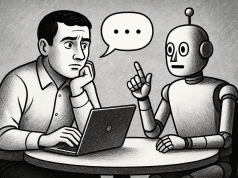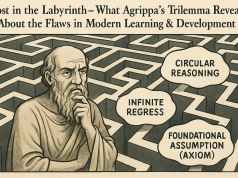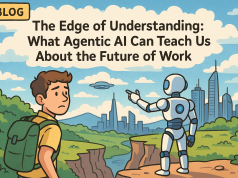As we stand at the precipice of a new era, the skyline of New York isn’t the only thing that’s transforming. The very nature of work and the job landscape are in the throes of a seismic shift, thanks to an avalanche of emerging industries and technological advancements. In the midst of this change, vocational training stands as a beacon of hope and an essential tool in shaping a resilient and future-ready workforce.
The job market in New York, reflective of global trends, is evolving at an unprecedented pace. The rise of automation, artificial intelligence, green technologies, and a burgeoning gig economy has cast traditional career paths in new light, and with it, the skills required to excel. As certain jobs wane in demand, new opportunities bloom with the promise of innovation. Sectors such as health tech, fintech, renewable energy, and digital marketing are sprinting ahead, creating jobs that were mere concepts a decade ago.
Vocational training has the potential to serve as a turbocharger for workers aiming to navigate this new job terrain. The beauty of vocational education lies in its practicality and its capacity to pivot quickly to industry needs, providing hands-on experience and direct pathways into employment. But how can these programs adapt to the warp speed of industry changes?
First, vocational education must embrace a culture of lifelong learning. In New York’s bustling economic environment, workers need to perpetually sharpen their skills. Vocational training centers and trade schools should foster continuous education, offering certificates that workers can stack over time to build comprehensive expertise and adaptability.
Second, vocational training must keep up with the tech pulse of the city. By incorporating cutting-edge equipment and methods into the curriculum and forming partnerships with local tech companies, these institutions can ensure that graduates are not just job-ready, but ahead of the curve.
Collaboration with industry is key to making vocational training relevant. Direct feedback loops between employers and educators can pinpoint precisely what skills are in demand, leading to tailored courses that slot students directly into the workforce. Apprentice programs, internships, and job placements should be robust components of vocational education, bridging the gap between learning and doing.
Policy recommendations are also pivotal for vocational training to effectively integrate into New York’s educational ecosystem. Financial incentives for both students and training providers can lower the barriers to entry. Policies that encourage investment in up-to-date training facilities will help maintain state-of-the-art learning environments. Furthermore, creating a unified platform that connects vocational training with job opportunities can streamline the transition from education to employment.
In conclusion, New York’s job landscape is a living, breathing organism that demands a workforce able to ride the waves of change. Vocational training is not just a pathway to employment; it’s a lifeline to economic vitality and personal growth. It’s a means for individuals to craft resilient careers in the face of automation and globalization. And ultimately, it’s a cornerstone in building a city that thrives on innovation and inclusivity. As we look to the horizon, let’s reimagine vocational education as a dynamic, adaptable force ready to meet the challenge of tomorrow’s New York.


























